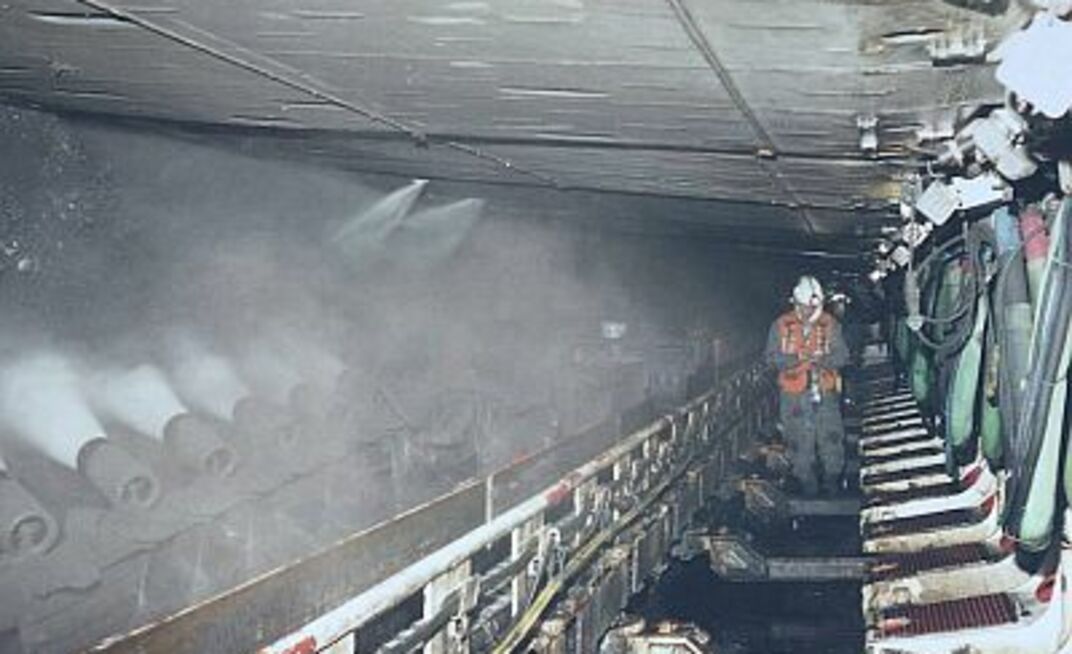Researchers are hoping to survey at least 10 mines throughout the USA, with five already completed.
NIOSH researcher Jay Colinet said he hoped the survey results would provide operations with benchmarks and information on the most effective technology and practices being used in longwall mines today.
The survey follows past assessments in the 1980s of 12 different longwall mines and in the early 1990’s of another 13 longwalls.
“We want to see what has changed, especially now since additional air and water are being utilised in response to increased production levels,” Colinet said.
“Most of the mines back then were using uni-directional cutting sequences. Today the vast majority of mines in the US are using bi-directional cutting sequences, which makes shield dust more of an issue since the shearer operators will be exposed to dust liberated during shield movement for half of the passes.”
Gravimetric and instantaneous dust samplers are used with stationary and mobile sampling techniques to isolate and quantify respirable dust levels generated by major sources on the longwall. Stationary samplers are hung in the intake entry, at shield 10 and approximately 10 shields from the tailgate end of the face. If the mine is using the belt entry to bring intake air to the longwall face, samplers will also be hung in the belt entry outby the stageloader.
The intake and belt samplers will quantify the amount of dust brought to the longwall face in the intake air. The difference between intake dust levels and dust levels measured at shield 10 is dust attributed to the stageloader and crusher. The sampler at the tailgate quantifies the total dust generated by all sources on the face.
Mobile sampling is used to quantify the dust generated by the shearer and shield advance. Researchers are positioned approximately 5 shields upwind of the shearer and approximately 10 shields downwind of the shearer and follow the shearer across the face in each direction. Each researcher has multiple samplers, some of which are operated for head-to-tail passes and the others are operated during tail-to-head passes. The difference in dust levels between the upwind and downwind sampling locations is attributed to dust generated by the shearer.
Similarly, mobile sampling with researchers located upwind and downwind of the shields being moved is used to isolate dust generated during shield advance.
The surveys also involve the monitoring of air flow and water usage for dust control. Airflow readings will be taken every 10 shields to characterise how much air is moving down the face. Readings will also be taken in the intake air to see how much of the air brought up to the longwall makes it onto the face verses how much is bleeding back into the goaf.
Water meters are installed in the lines supplying the shearer and stageloader/crusher sprays to measure total quantities of water being used. In addition, water pressures at the spray nozzles or in the lines feeding the spray nozzles are periodically measured during the surveys.
“You can calculate how much dust is in your intake, your belt, the shearer and dust generated from shield movements. By looking at how much is coming from each of the sources and trying to get as much information on the control parameters such as air and water applications, we can assess the effectiveness of different controls and procedures and identify trends.”
The researchers also solicit input from the miners and mine management regarding ideas that they feel need researched.
























